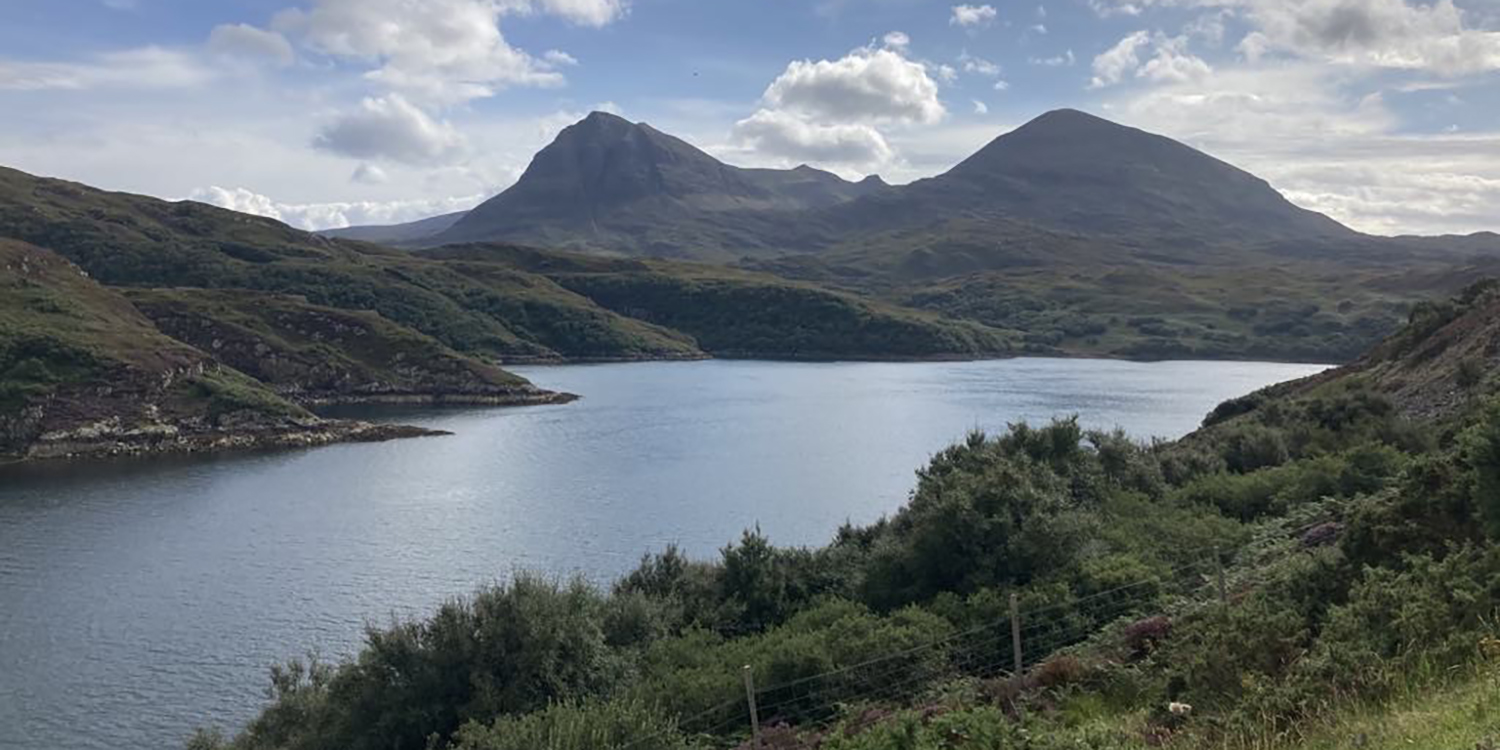Exploring your ‘right to roam’ and what you should know before swimming in Scottish waters
Have you ever been concerned about trespassing when going for a swim outdoors? In this series we’ll be looking at the law regulating outdoor swimming in different parts of the country. We will help you feel more confident about exploring the wild waters wherever you go to swim. In this article, we’ve wandered up north to check out wild swimming in Scotland.
What are the rules?
You will be happy to hear that you have more freedom to try wild swimming in Scotland than in other parts of the UK. The rights, often referred to as “freedom to roam,” were introduced in 2003 in the Land Reform (Scotland) Act. This gives you the right of responsible access to land and the countryside in the whole of Scotland. This also includes inland waters such as canals, rivers, lochs, adjoining towpaths, embankments, riverbanks and loch shores.
As an outdoor swimmer, the most important document to keep an eye on is the Scottish Outdoor Access Code. In the Code, you can find detailed information about accessing water, beaches, or going swimming as well as landowners’ responsibilities.
While trespassing is one of the most common concerns among swimmers in Scotland, the right to roam provides you with some comfort, says Zoe Irving, senior solicitor at the Scottish law firm Thorntons Solicitors. “There are of course limitations and some exclusions to the right to roam. Generally speaking, where you are following the Scottish Outdoor Access Code, it can be difficult for landowners to deny you access,” she adds.
Even though the law gives people access to the countryside and nature, it is important to remember to always exercise these rights responsibly. Littering or damaging the land and causing nuisance to the landowners can have legal consequences for the users. “The landowners can contact the police if matters get worse. The local authorities and their appointed access officers can also get involved, where there is an ongoing issue or if they face repeat offenders,” Zoe explains.
Key points to remember
When accessing wild waters across Scotland, you should remember to:
- Always be considerate towards other users, such as other swimmers and people fishing or doing water sports.
- Take care of the environment and the wildlife. Do not disturb birds and other animals, or pollute the waters with trash or food waste.
- Access rights do not extend to places where gardens or other private property meet the edge of the water.
- The rights also do not apply to places like dams or canal locks.
- Consider the dangers of open water swimming, especially the depth of the water.
While the Code is a good starting point, you should also be aware of local regulations and bylaws that might exist in certain places. “Looking at the local authority website might be a good place to start. Newcomers can also reach out to any wild swimming groups in an area for assistance,” Zoe says. Groups like these in Scotland include the Seafield Sinkers in Kirkcaldy, Fife, Wild Ones Edinburgh or Wild Swimming Borders, who swim in a variety of locations. Zoe adds that accessing local law information can sometimes still be challenging for the public since these regulations can vary from area to area.
In our next article, we will be looking at your right to roam in Wales. In the meantime, read about some of the best places to go outdoor swimming across Scotland.

